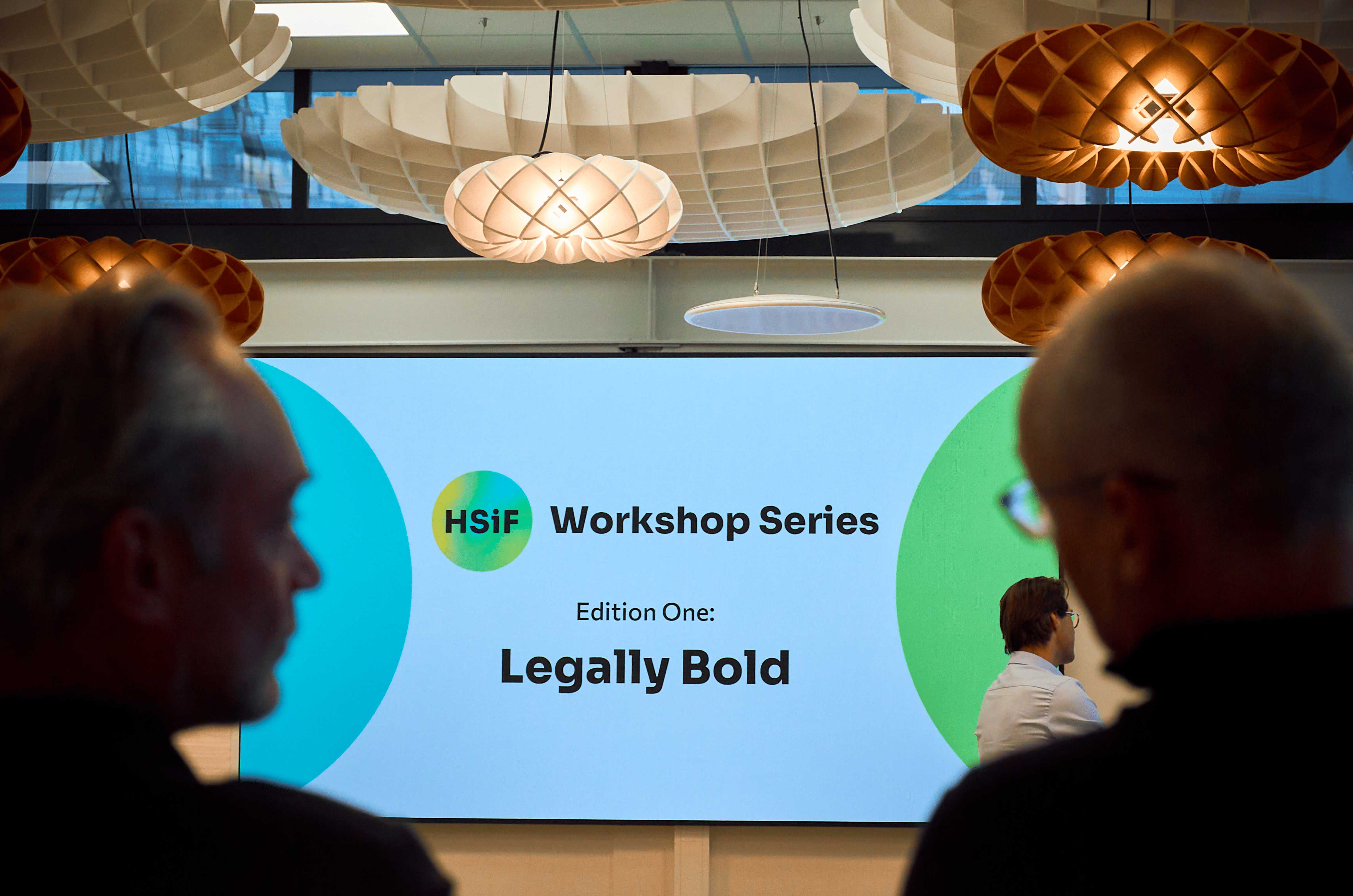
On March 12, we hosted the First Edition of our HSiF Workshop Series – Legally Bold – where we dived into the legal, financial and negotiable aspects of starting a business. Knowing that not everyone was able to attend, we’d like to recap key takeaways from our guest speakers’ presentations. And since both Aleksandra Asscheman and Richard Bierlaagh were both treasure troves of valuable information, you best believe it wasn’t easy to narrow it down! Without further ado, here’s a concise recap of the workshop. The first major step in starting a business is deciding what legal form it will take. In the Netherlands, the two common structures are: Sole Proprietorship (Eenmanszaak) Private Limited Company (BV, Besloten Vennootschap) Sidenote: When starting out as a sole proprietor, you can always switch to a BV later. Dutch tax law allows you to deduct legitimate business expenses as long as they’re under the right conditions. The main rule is that the expense must clearly support your business and occur after you’ve officially registered. We can look at examples mentioned during the workshop: a TV used for professional content creation, a course taken to improve business skills, and even dinner with a potential partner (as long as it remains business-related). A great idea is to keep receipts and note why each expense is business-related. A holding structure is an advanced setup where a personal holding BV owns your operational BV. It serves to protect your assets, makes investor and ownership deals easier and allows you to defer some personal tax by keeping profits in the holding. For most young entrepreneurs, this isn’t essential early on, but it is worth knowing as your business grows. If you’re building something innovative, there are generous tax breaks you can take advantage of. WSBO (R&D Tax Credit) offers solo entrepreneurs a fixed deduction as well as lower payroll taxes for employees in R&D. Innovation Box allows profits from an IP you’ve developed to be taxed at just 9%. Both of these require a formal application process but are perfect for tech startups or product-based businesses with IP. A solid contract is one that protects both sides of any business deal. There are two common agreements that were covered during the workshop: Service Agreements (mainly for freelancers and consultants) Sale & Purchase Agreements (for product businesses) Our speaker shared common mistakes that ought to be avoided when negotiating and drafting up a contract – using generic templates, forgetting local Dutch regulations and not updating contracts as your business evolves. There comes a time, sooner or later, when every entrepreneur needs to negotiate – be it with clients, partners or suppliers. There are three key things to keep in mind when negotiating. Define the range where both sides can agree, in other words, a ZOPA (Zone of Possible Agreement). Make sure you have a backup plan before negotiating, this is also referred to as BATNA (Best Alternative to a Negotiated Agreement). Have a reservation point, which is the worst deal you are willing to accept. A strong negotiator asks good questions, stays calm under pressure and focuses on long-term value, not short-run wins. Understanding the complex web of legal and tax topics may seem intimidating, but understanding the basics can save you time, money, energy, and stress. As young entrepreneurs, it’s crucial to build upon the right foundation. Thankfully, you don’t have to do it alone Stay bold, stay curious and keep on learning.
Choosing Your Legal Structure: Sole Proprietorship or BV?
What Can You Deduct as a Business Expense?
Holding Structures and Scaling Safely
Innovation Benefits for Tech and R&D Startups
Contracts and Why Legal Basics Should Never Be Skipped
Mastering the Art of Negotiation